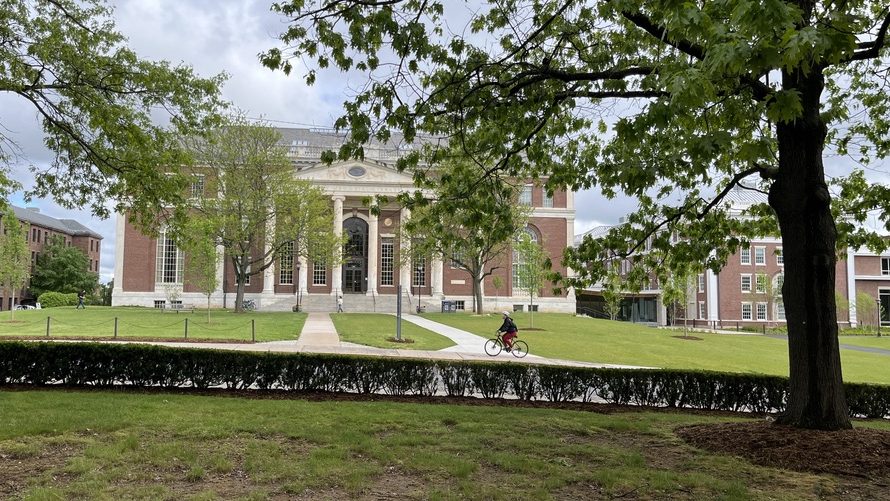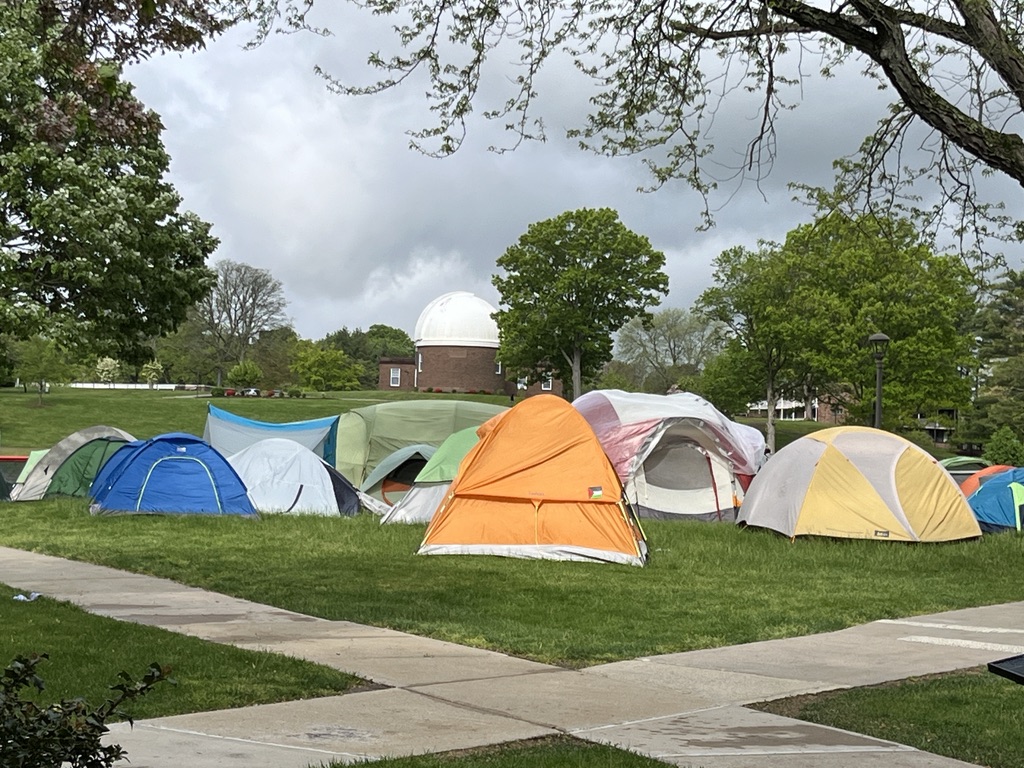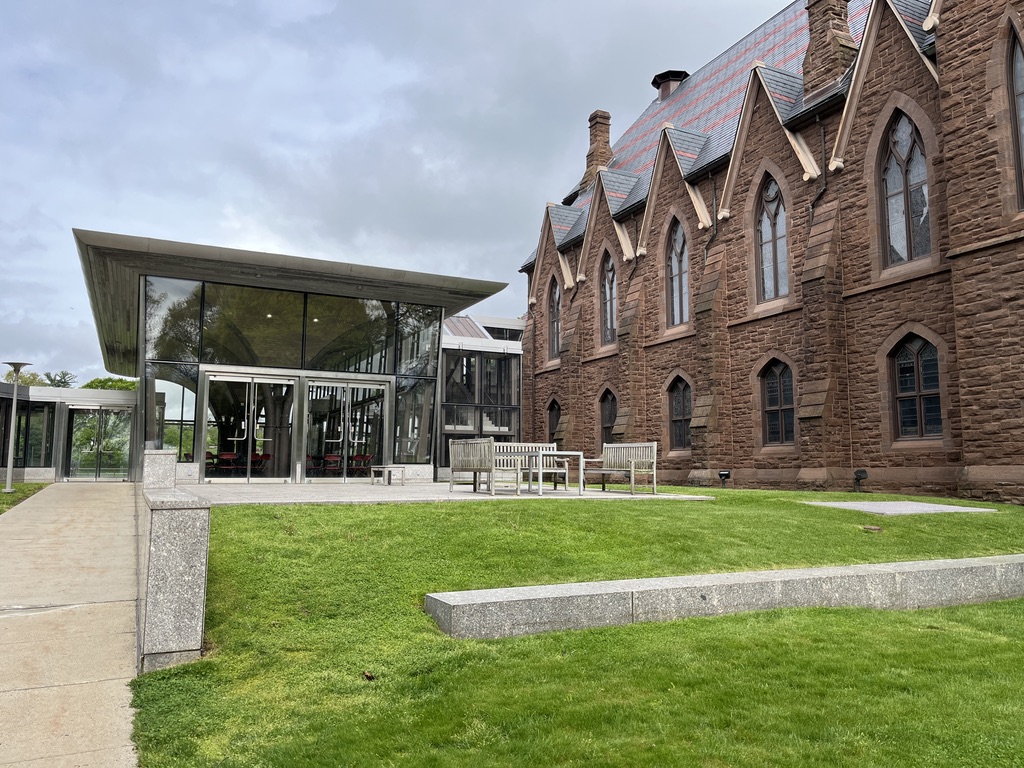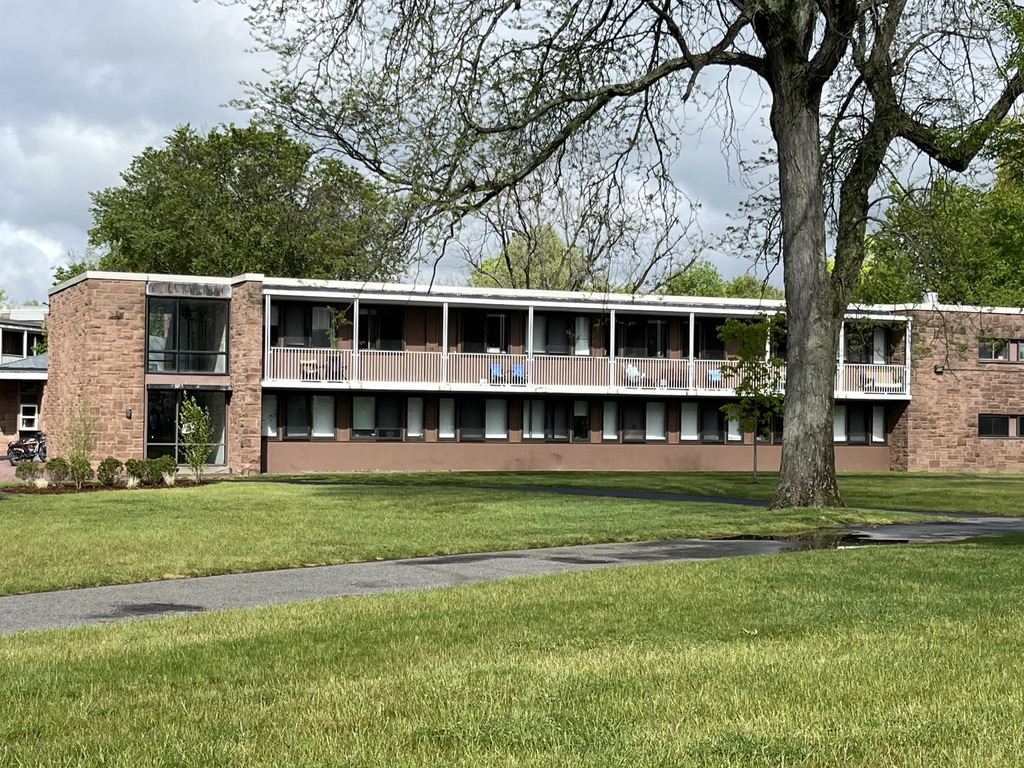Wesleyan U. attracts independent, passionate students

Wesleyan University is perfect for students who are excited to explore different interests, options, and passions, those who are not focused on following a strict career path. A true liberal arts and sciences institution with a highly selective acceptance rate of around 14%, Wesleyan has 3200 undergraduates with the academic chops and drive to succeed. But they aren’t just academically strong; student-athletes make up 25-30% of the undergraduate population.

Open Curriculum
Wesleyan’s open curriculum means you must embrace freedom and flexibility. There are no general education requirements, only “General Education Expectations.” (As Captain Barbossa says, “The code is more like guidelines than actual rules.”) If you don’t want to take math, you don’t have to (though ~85% take some form of math en route to a diploma).
The open curriculum also means that in every class, every student has chosen to take that class, “not because I have to but because I want to,” as our tour guide Nate told the counselors on the IECA tour on May 10, 2024. And that means every student in every one of your classes, where the student-to-faculty ratio is 7:1, is as engaged as you are. Small classes guarantee that you’ll be noticed and unable to sit in the back without participating.
According to the Wesleyan website, the “open curriculum balances a strong academic foundation with the opportunity to create a unique-to-you combination of disciplines, fields, and subject matter areas. . . . [S]tudents propose their academic plan to their faculty advisors and recalibrate it with their advisors each semester.”
Each semester you take four classes, and each semester an advisor guides you to be sure you’re selecting courses that will lead you to graduation. The advisor must sign off on your classes every semester. Half of Wesleyan’s students graduate with a double major, 20% with a triple major.

Programs
The Fiske Guide to Colleges includes among Wesleyan’s strongest programs film studies, economics, neuroscience and behavior, English, and molecular biology and biochemistry. Eight colleges comprise the university: Design and Engineering, East Asian Studies, Education, Environment, Film and the Moving Image, Integrative Sciences, Letters, and Social Studies.
Wesleyan offers BA/MA programs, with the possibility of a free fifth year master’s in select areas, such as astronomy, biology, psychology and physics.
Campus
The campus sitson 300 green acres in Middletown, CT, a small city of about 50,000 on the scenic Connecticut River, less than half an hour from the capital of Hartford. Students live on campus all four years; Wesleyan guarantees there will be “a bed for your head.” Housing is thematic and progressively more independent as you progress from freshman to senior year.

Admissions
Wesleyan went test-optional in 2014 and has no plan to require testing. They are committed to helping every student start on an even playing field, even providing a computer and funds for “highly aided” students to purchase those extra-long single bed sheets. In 2023 loans were replaced with institutional grants. This was one of the many initiatives to make Wesleyan more affordable for middle-income families. Wesleyan’s cost of attendance is approaching $90K a year.
Obviously, the applicant pool is competitive. What do you need to stand out in that pool? The rigor of your transcript is the most important factor. Wesleyan likes to see that students have challenged themselves across the breadth of their high school curriculum. While not a requirement, more than 80% of students will have taken biology, chemistry, and physics; four years of an additional language; and either calculus or AP Statistics. Letters of recommendation are very important. Because Wesleyan doesn’t have supplemental essays but your personal statement is important, Chandra Joos deKoven, director of admission, suggests using the additional information section to address facets of a student’s life not captured through the personal essay, letters of recommendation, or extracurricular section of the application.
A little comparison
I got my master’s degree in liberal arts at St. John’s College in Annapolis, and I would love to be a student at Wesleyan. Wesleyan’s open curriculum concept is the exact opposite of the St. John’s College Great Books program, where everyone reads and discusses the same books and takes the same classes. Nevertheless, both schools attract the fiercely independent, free-thinking lover of learning for learning’s sake.
Wesleyan University goes on my suggested college list for the independent-minded, passionate student who isn’t afraid to explore multiple options in a rigorous, challenging environment.